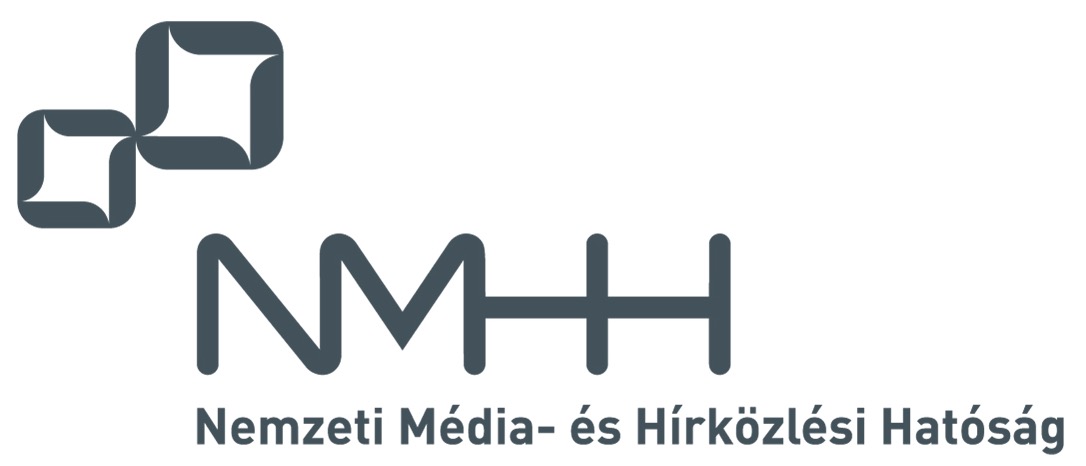Bernard Adjei-Frimpong and László Csurgai-Horváth
Using Radio Wave Satellite Propagation Measurements for Rain Intensity Estimation
The European Space Agency launched a communication satellite called Alphasat in 2013, with two experimental beacons to carry out a scientific experiment by measurement at frequencies of 19.7 GHz and 39.4 GHz respectively. Propagation through the atmosphere at these frequencies is affected by the resence of atmospheric gases and other particles like water vapour, rain and ice drops. Rain attenuation is the most significant parameter which degrades the performance of the links by absorbing and scattering radio waves that can be determined as the measured received signal power’s deviation from the nominal, non-attenuated level. Rainfall statistical data are also measured and recorded by the propagation terminals to provide additional information to apply prediction methods that require minutes of integration time rain intensity.
Reference:
DOI: 10.36244/ICJ.2018.3.1
Please cite this paper the following way:
Bernard Adjei-Frimpong and László Csurgai-Horváth, “Using Radio Wave Satellite Propagation Measurements for Rain Intensity Estimation”, Infocommunications Journal, Vol. X, No 3, September 2018, pp. 2-8. DOI: 10.36244/ICJ.2018.3.1




